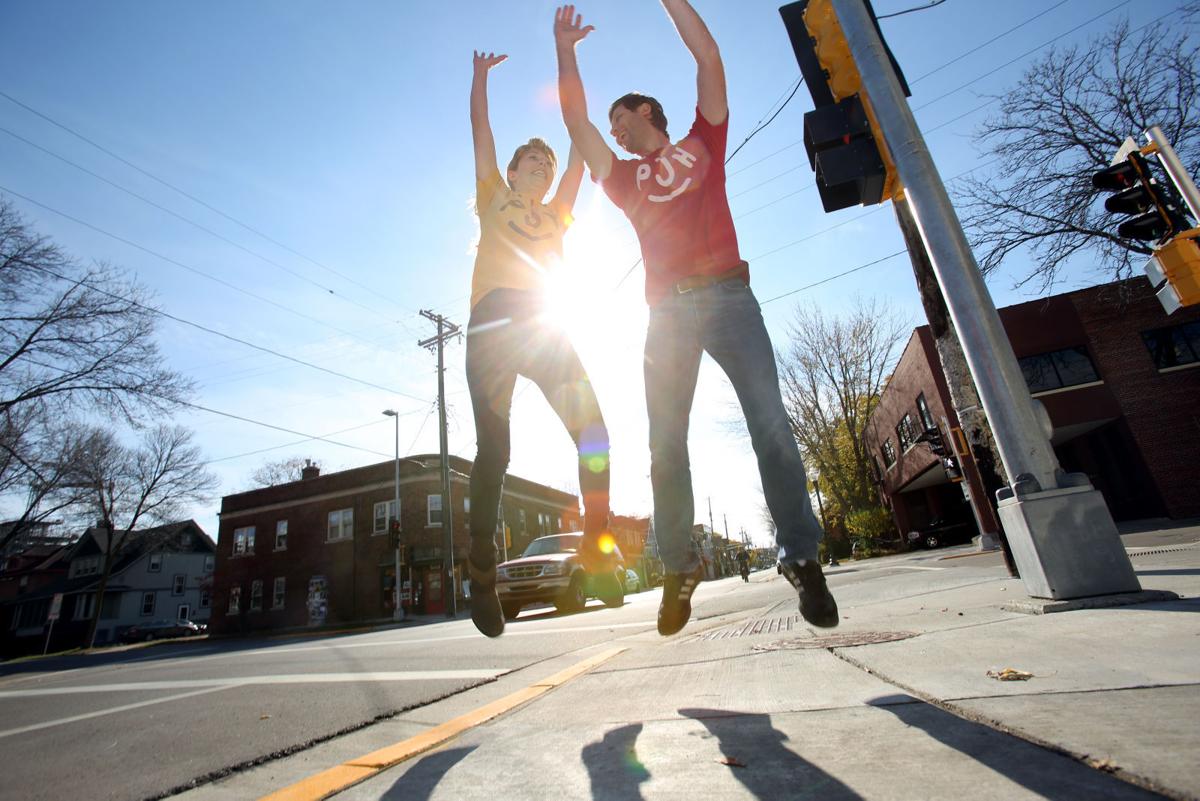Photo II – Final Project
Take your time and research some Photoshop tutorials by either googling for them or you can check out these sites:
http://design.tutsplus.com/articles/30-awesome-photo-effect-tutorials--psd-27718
http://graphicdesignjunction.com/2014/07/best-photoshop-tutorials-2014/
http://www.hongkiat.com/blog/best-photoshop-tutorials-2015/
REMEMBER: These tutorials are ones that you will need to use photography in, since this is a photo class, so you might want to choose tutorials that are on the same level as the double exposure assignment we recently did.
Take your time and research some Photoshop tutorials by either googling for them or you can check out these sites:
http://design.tutsplus.com/articles/30-awesome-photo-effect-tutorials--psd-27718
http://graphicdesignjunction.com/2014/07/best-photoshop-tutorials-2014/
http://www.hongkiat.com/blog/best-photoshop-tutorials-2015/
REMEMBER: These tutorials are ones that you will need to use photography in, since this is a photo class, so you might want to choose tutorials that are on the same level as the double exposure assignment we recently did.
3 Photoshop Tutorials
of your choice (can not be the same type of project we have done this semester). You take the photos and
apply the effects to the images you take.
Using what you have learned so far this semester, it is time
to bring your interests and skills to the forefront using 3 Tutorials of your choice.
After you have selected 3 Tutorials of your choice, you need to show them to Mr. Pederson for approval.
You will need to choose tutorials where you will be able to
take the images needed for the tutorial.
For example, if a tutorial has a crocodile in it, you will either need
to choose another animal or choose another tutorial.
You will have plenty of time to complete the tutorials and you should aim to average one tutorial per week. The images need to be extremely well done (exposure, focus,
angle, etc.). And your final images from
your tutorial should show effects from the tutorials and your finished images
should be clean of any obvious editing mistakes and resemble the finished
product shown in the tutorial.
Your Final Blog Post
should include the following:
n
Links to
your tutorials
n
Your 3
Final Images after following the tutorial
n
Reflection
Reflection questions:
1. Why did I choose these tutorials?
2.
Which one did you enjoy the most? Why?
3. What is one new thing you learned about Photoshop while going through these tutorials?
3. What is one new thing you learned about Photoshop while going through these tutorials?
On Finals Day: We will meet in the computer lab and you will show each one of your final images to the class. This is not a presentation, but just an opportunity to show what you did for your final.
Due: May 19th FOR SENIORS
Due: May 23rd for all others























